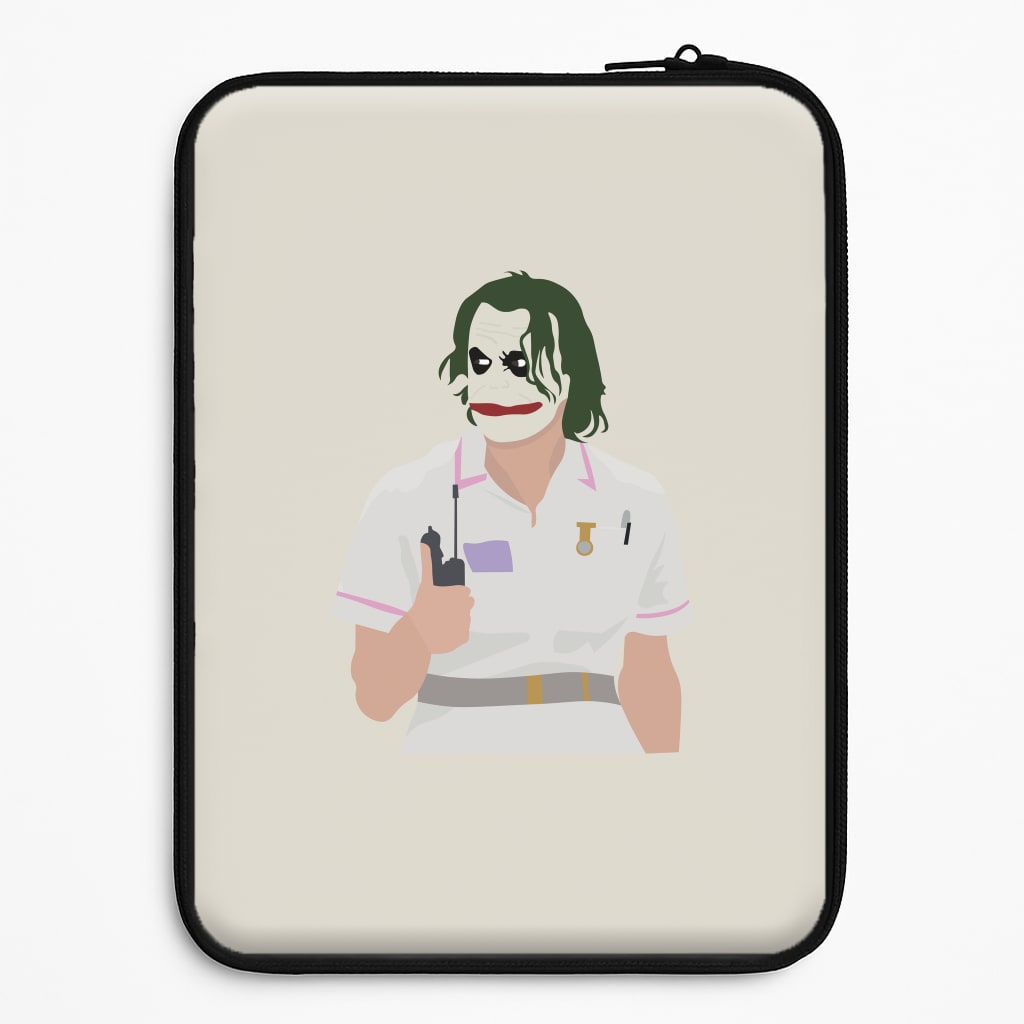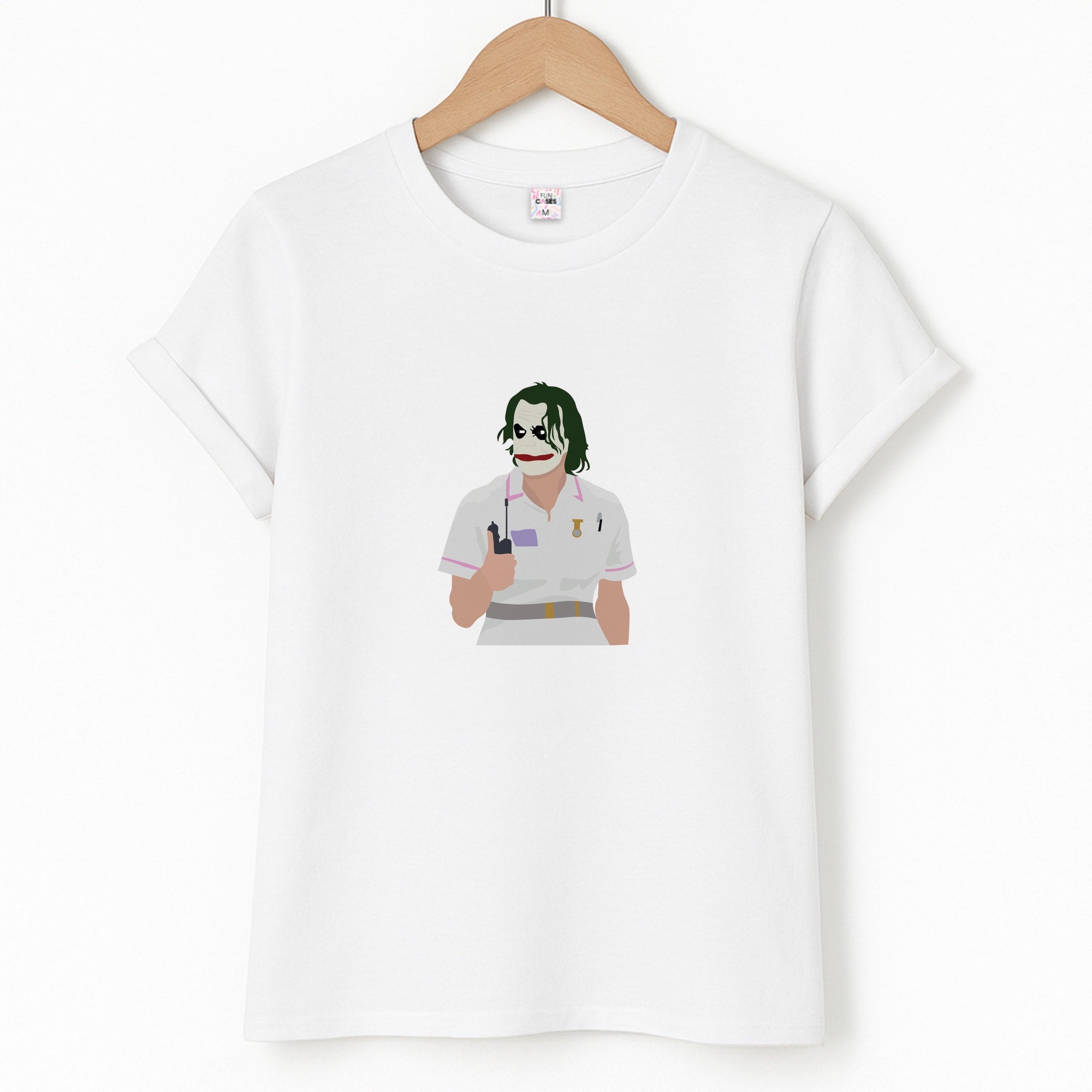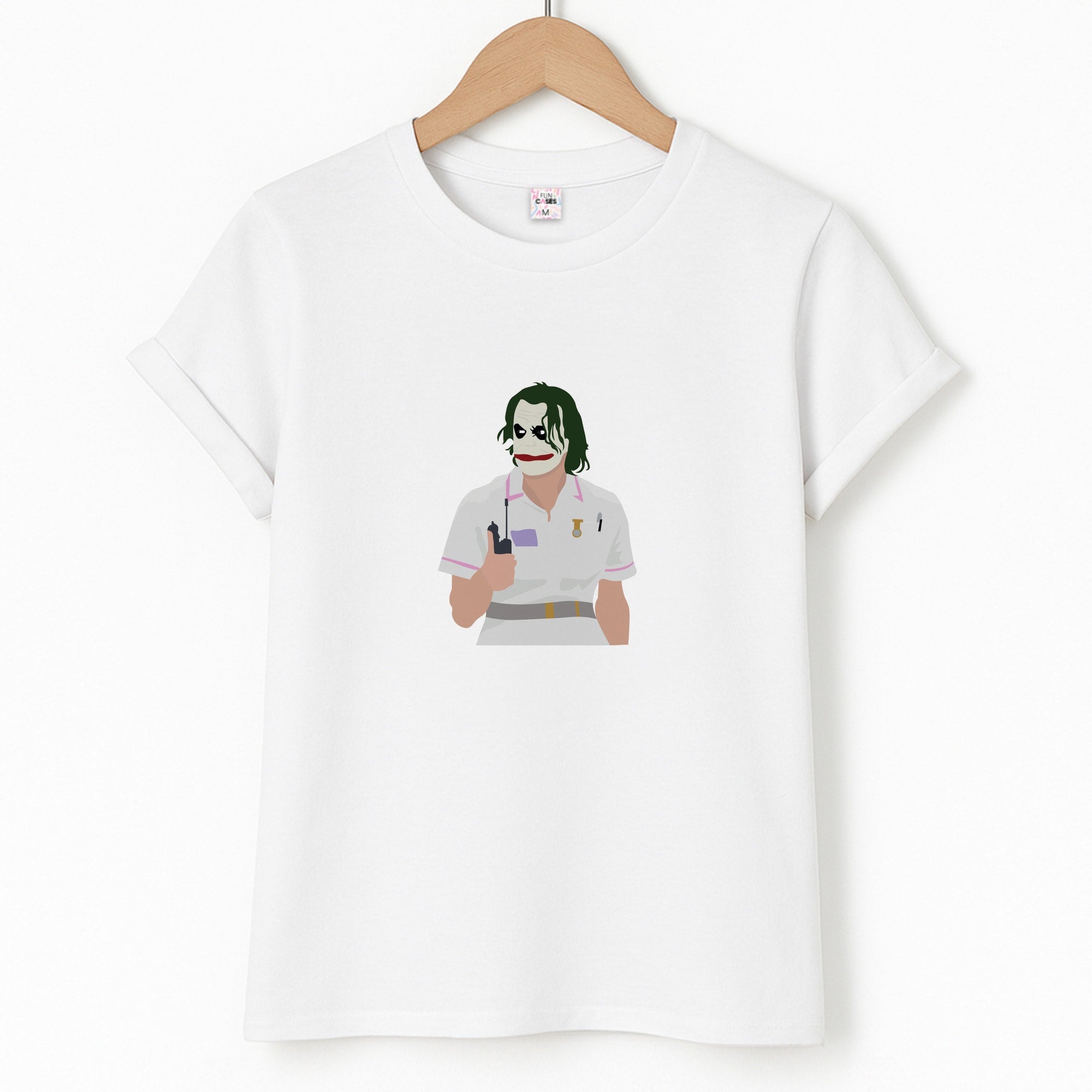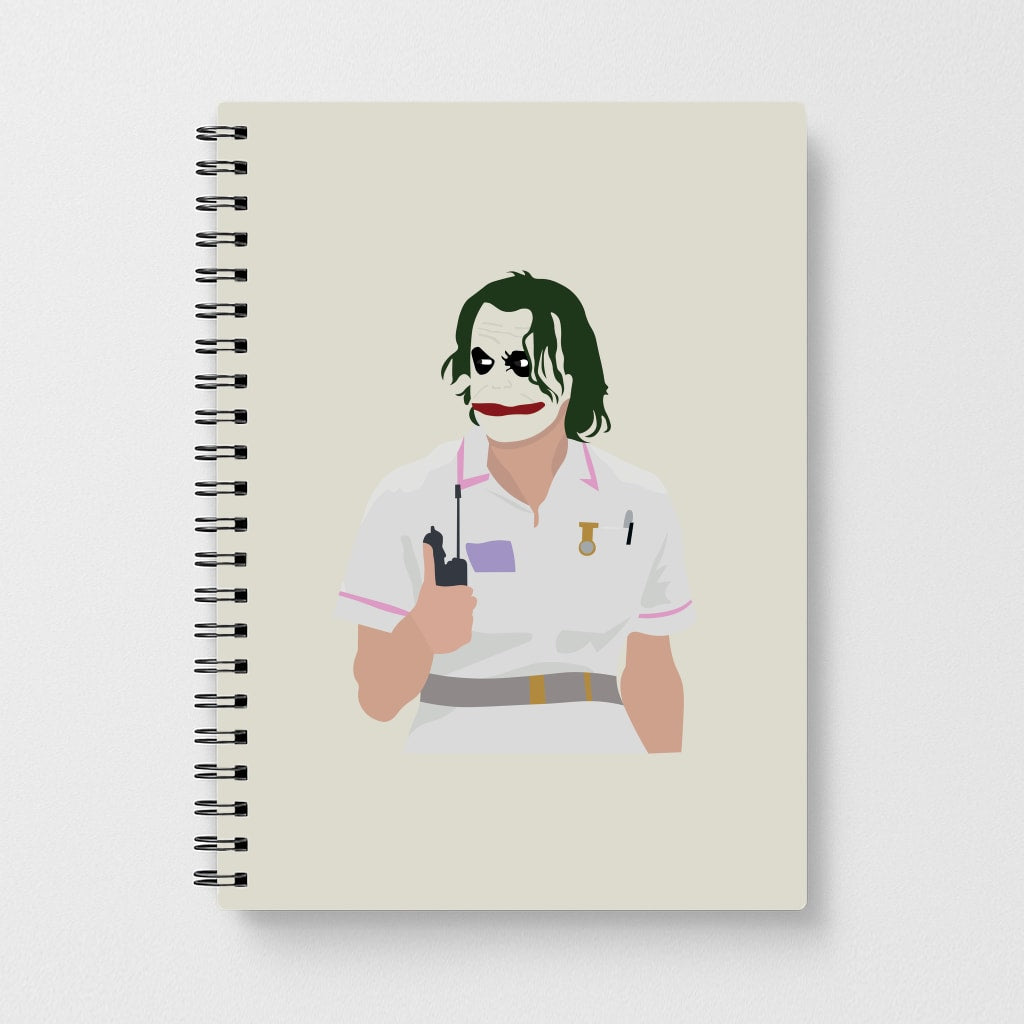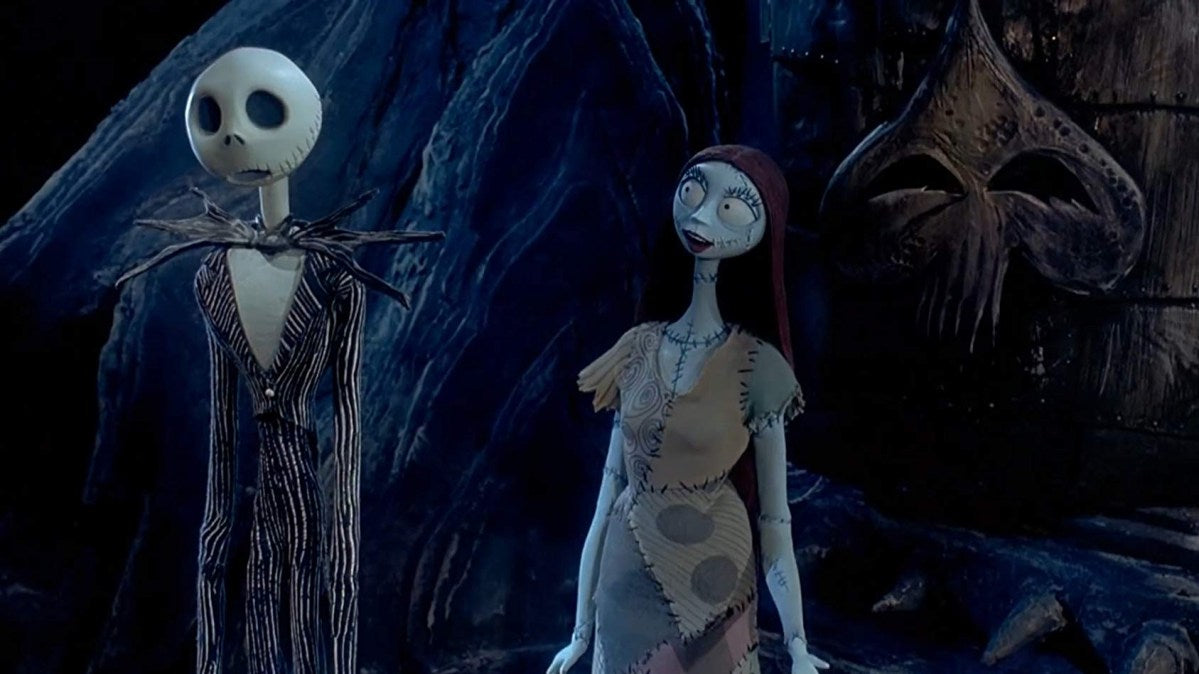Since his first debut in Batman #1, the Joker has been determined to prove himself as Gotham City's most ruthless criminal mastermind by wreaking as much damage on innocent people as possible. Over the course of his decades-long conflict with Batman, the Joker has committed heinous atrocities that "make sense to him alone," as Batman put it.
Alan Moore's The Killing Joke has the most-cited backstory. It shows him as a former chemical plant engineer who left his profession to pursue his dream of becoming a stand-up comedian but failed horribly. Desperate to provide for his pregnant wife, Jeannie, the man offers to assist two crooks in breaking into the plant where he formerly worked.
The Clown Prince of Crime, the Harlequin of Hate, and the Ace of Knaves are just a few of the names that have been given to the Joker. Throughout the course of the development of the DC world, several interpretations and versions of the Joker have taken on two distinct appearances. The original and preeminent representation is that of a cruel, cunningly intelligent lunatic with a perverted sense of humour who finds joy in inflicting twisted, macabre death and terror upon innocent people. The Joker would frequently demonstrate this delight by erupting into fits of maniacal laughter. From this point of view, he is the perfect example of a person with antisocial personality disorder. He was also shown to be extremely nihilistic, believing that "one bad day" is more than adequate for anyone to turn out like him, even a paragon of justice like Batman, and that everything people fight and strive for is a "monstrous, demented gag."
Harleen Quinzel, a psychiatrist, begins to wonder if the Joker is pretending to be insane in order to escape execution. As she tries to help the Joker, he tries to win her over by telling a story about his absentee father and his mother who ran away.







